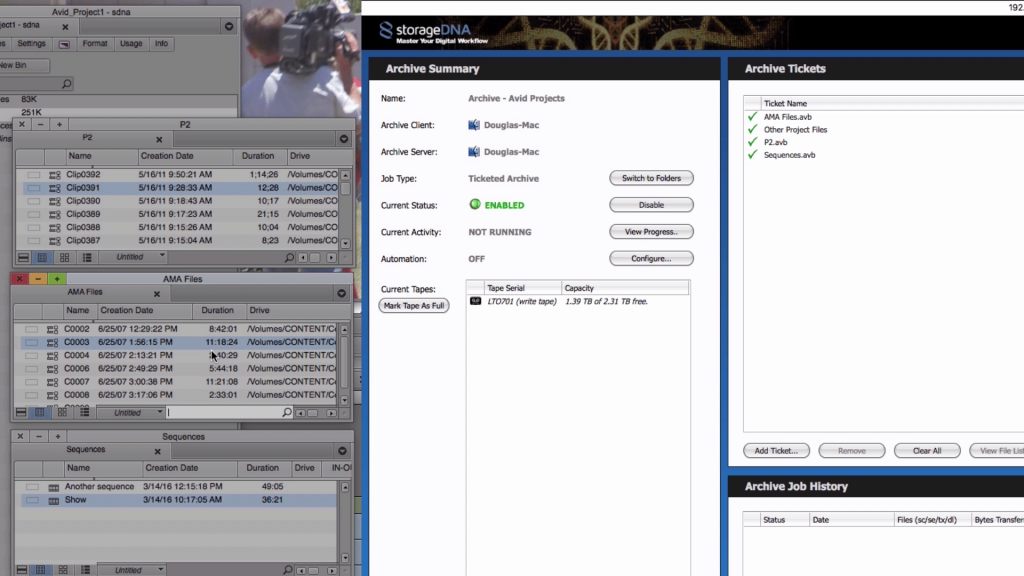

In this case it’s a RED Mini Mag and we’ll be transferring all of it’s contents. Drag and drop the item you want to clone onto where it says “ Source”. Inside the Clone workspace create a new job by clicking the “ Add Job” button.ģ. In the Media tab, click the “ Clone Tool” icon in the upper left of the Media Pool toolbar.Ģ. Here’s what you need to do in DaVinci Resolve:ġ. Using any checksum will take a little longer than just dragging and dropping, but it’ll take a lot less longer than having to re-shoot a scene because you had corrupt or lost files.

#Silverstack lto write times verification
Most of the crew at Hurlbut Visuals are actually using DaVinci Resolve now to transfer footage because of the checksum verification feature. His desk is so clean, where’s all the wrappers and soda cans? That’s Blackmagic Design’s DaVinci Resolve clone tool.
#Silverstack lto write times pro
Adobe CC has Prelude, RedGiant has “OffLoad” and then there are ShotPut Pro and Silverstack which I see on set all the time, and while all of these tools work, they still cost money and are plugins, or independent apps, and there great, but I want to focus on one in particular, because I don’t want you to have any excuse not to follow the right protocol. I’d say it “makes sure nothing got screwed up” – same difference! There are a few apps, plug-ins, and dedicated data management tools that employ a checksum and other tasks that help to manage your data. A Checksum serves the “purpose of detecting errors which may have been introduced during its transmission or storage” -that’s how Wikipedia puts it anyways. To do that, you’ll need a program that runs a checksum verification. You need to verify the footage was transferred, and transferred perfectly. They don’t even consider the necessary protocol needed to correctly duplicate the footage to multiple drives and visually confirm that it’s the correct footage. So many filmmakers just drag and drop their footage, never thinking anything of it. Let’s just talk about one aspect of that protocol, copying and backing up your media. I’ve seen it happen to even experienced data wranglers, DITs, and ACs, and you know what the common denominator always was? Not following protocol. But I’ve seen times where that’s not even an option and shots were totally lost. If you screw up, the only solution would be to re-shoot.

How you handle receiving that little piece of media and what you do with it has tremendous effect on you and those around you. The entire budget of your shoot, and all the work of the cast and crew, rest there in the palm of your hand. If you don’t listen to me, then at least listen to Elmo and Jack Black.Īt some point there may come a time when the entire day’s worth of shooting exists on some small piece of silicon that fits in the palm of your hand.


 0 kommentar(er)
0 kommentar(er)
